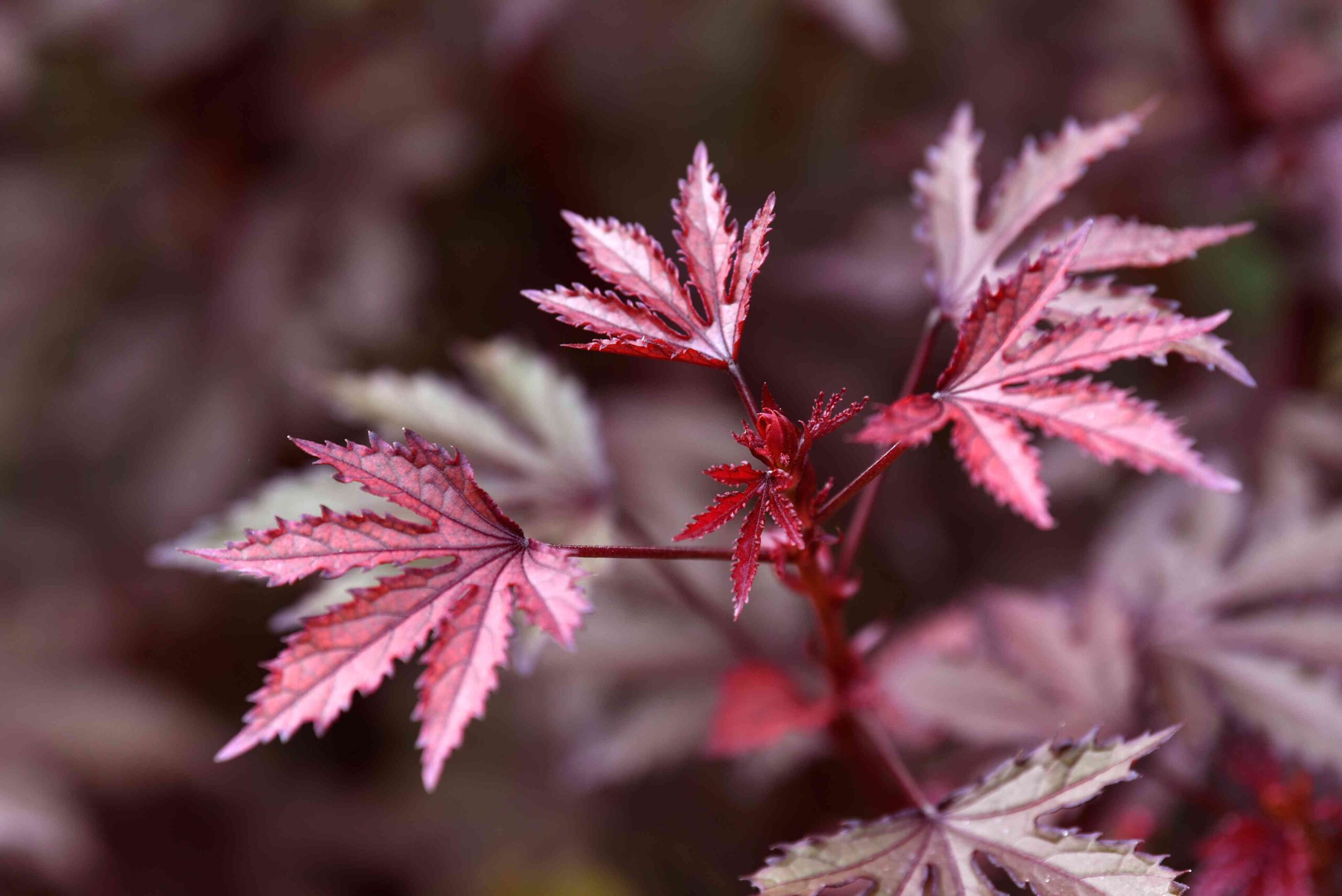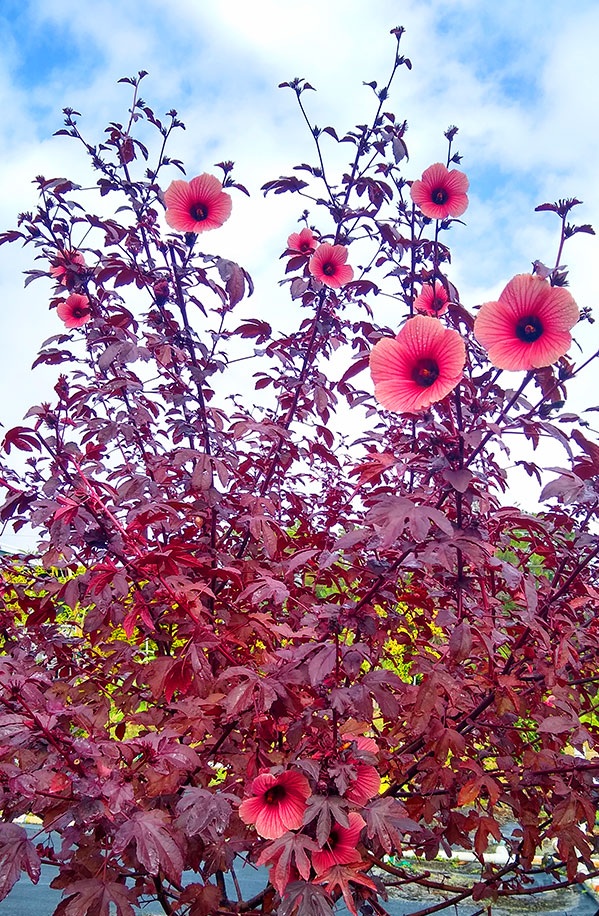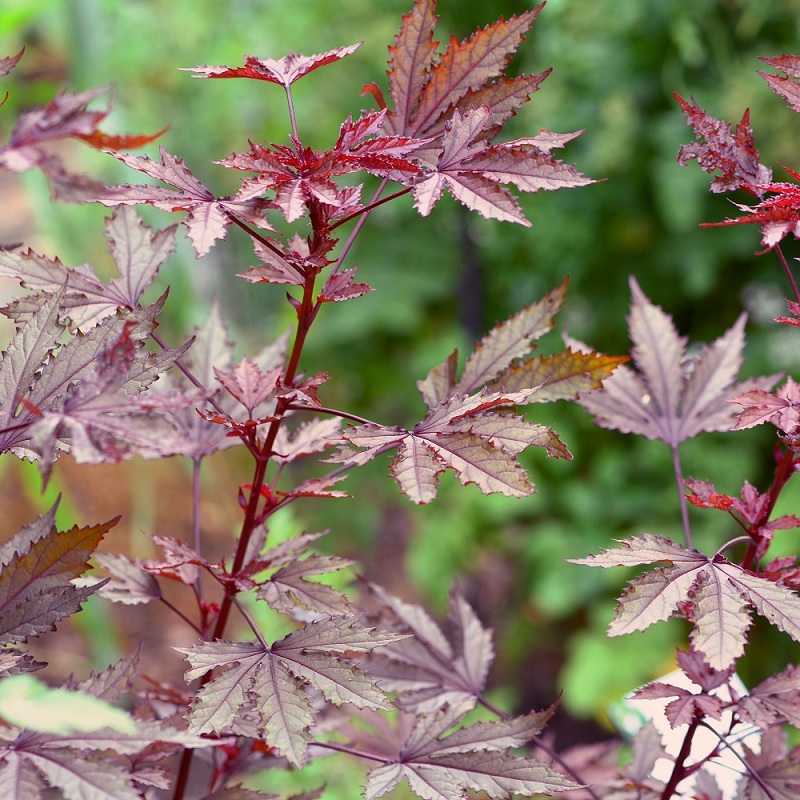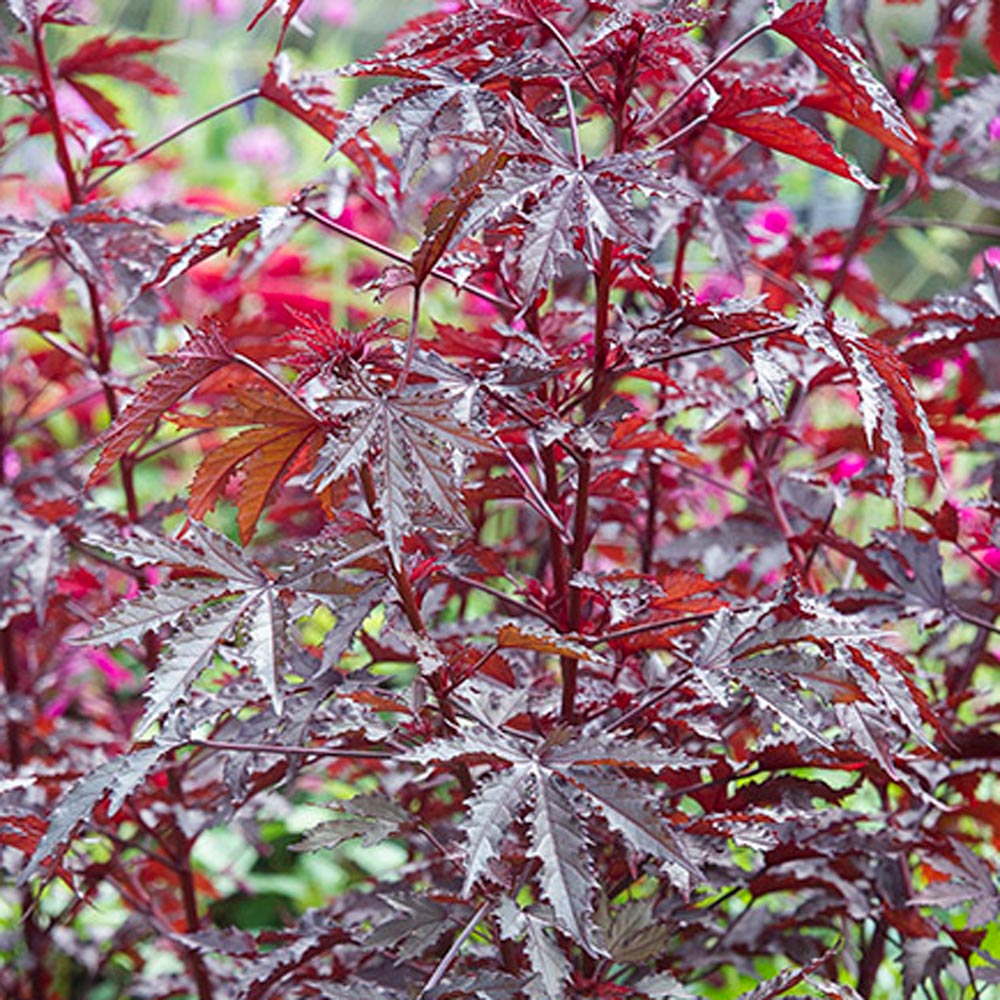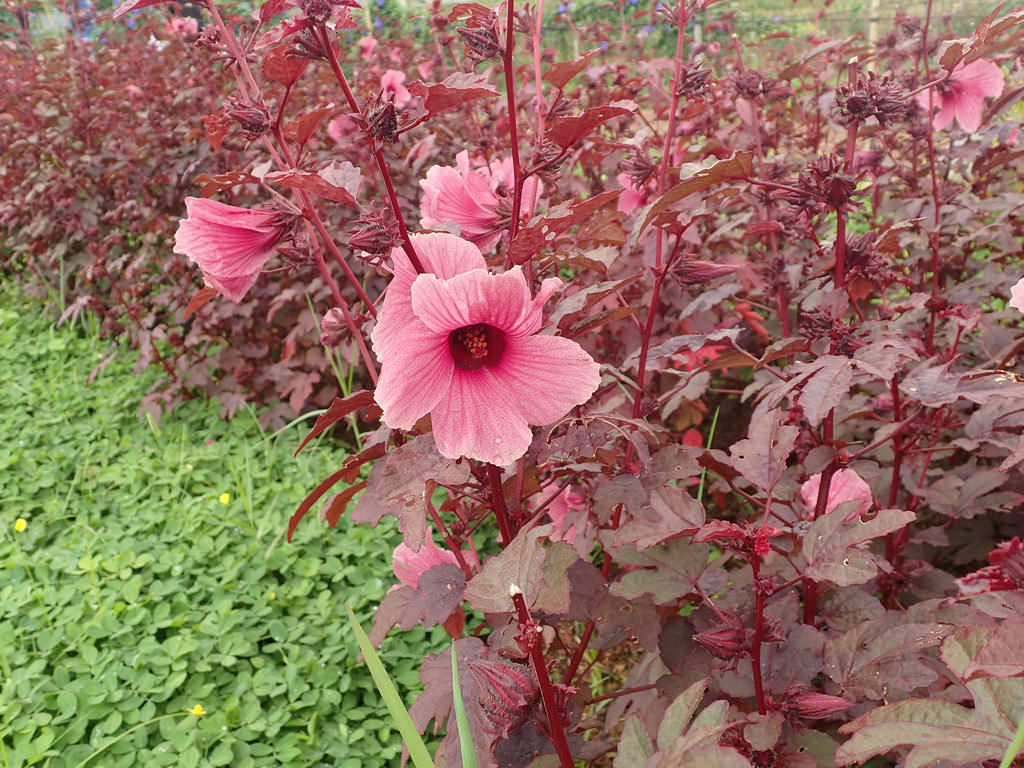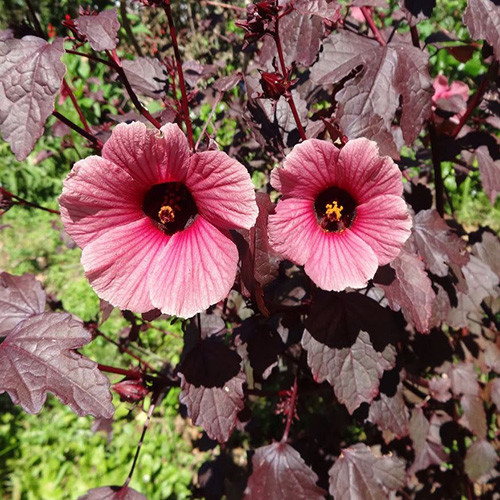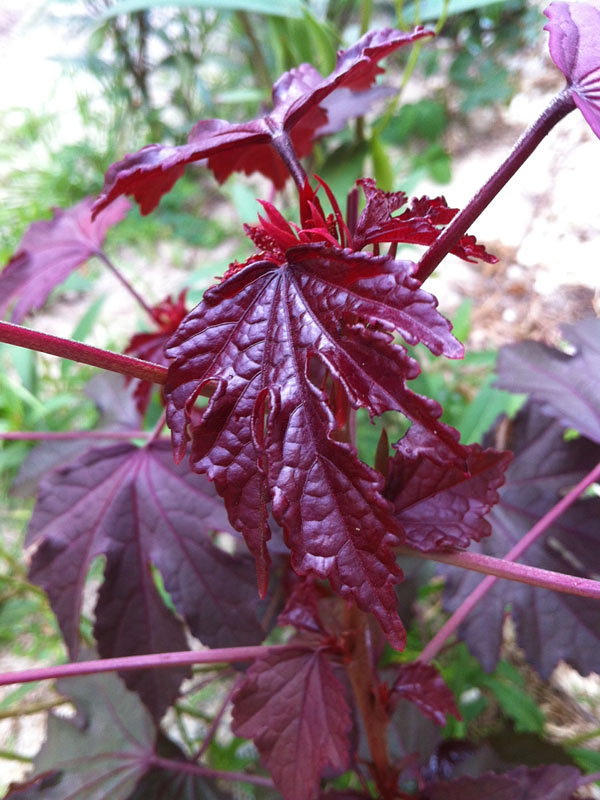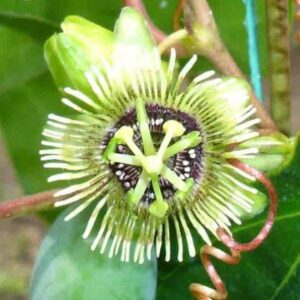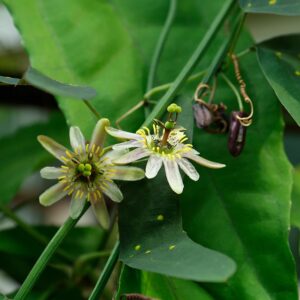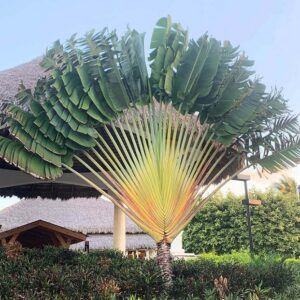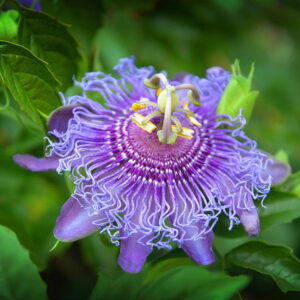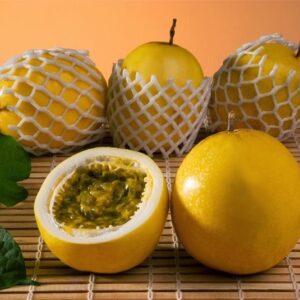توضیحات
Hibiscus acetosella, the cranberry hibiscus or African rosemallow, is a flowering plant of the genus Hibiscus or rosemallow. The word acetosella is of Latin origin and is derived from an old name for sorrel (Oxalis) which comes from the sour taste experienced when eating the young leaves of the plant. Hibiscus acetosella is also known colloquially as false roselle, maroon mallow, red leaved hibiscus, and red shield hibiscus. It is one of the approximately 200–300 species that are seen in sub-tropic and tropic regions. Cranberry hibiscus is a member of a perennial group known as hardy hibiscus. In contrast to the tropical hibiscus, hardy hibiscus can tolerate colder conditions, are more vigorous, longer lasting, and have larger flowers. In colder climates, Hibiscus acetosella is easily an annual, but is often regarded as a perennial to zone 8–11. During one season, the plant can grow 90–170 cm (3.0–5.6 ft) tall and 75 cm (30 in) wide as a shrub-subshrub
Seeds germinate easily within 3–7 days in a container but tend to grow rapidly. Light is not required for germination. Cranberry hibiscus propagates well with cuttings, which will take root in soil or water. The plant can be maintained in an oval form by pinching or cutting it back during the summer. Otherwise, it will have one dominant stem
Cranberry hibiscus is mostly known for its slightly sour or pleasantly tart young leaves which are commonly used as a vegetable, either raw or cooked. In South America, the leaves are used sparingly in salads and stir-fries. Leaves are eaten in small quantities due to acid content and because they are mucilaginous. Cranberry hibiscus leaves also contribute to the décor of various dishes since they retain their color after being cooked
Flowers are used to make teas or other drinks where they contribute color rather than taste. In Central America the flowers are combined with ice, sugar, lemon, or lime juice and water to make a purple lemonade
The root is edible however thought of as fibrous and distasteful. Contrary to similar species such as the Hibiscus sabdariffa, the calyx or sepals of Hibiscus acetosella is non-fleshy and not eaten. In Angola a tea made from the leaves of cranberry hibiscus are used as a post-fever tonic and to treat anemia.The plant is also utilized to treat myalgias by crushing leaves into cold water to bathe children. The plant is thought to contain polyphenols, a compound that may combat inflammation and is commonly used to treat inflammatory diseases
ختمی کرنبری گونه ای کمیاب از ختمی ها با برگهای قرمز و گلهای قرمز است
برگهای قرمز گیاه به عنوان سبزیجات خورده میشوند و طعمی ترش دارند و خام یا پخته در غذا یا سالاد مصرف میشوند
